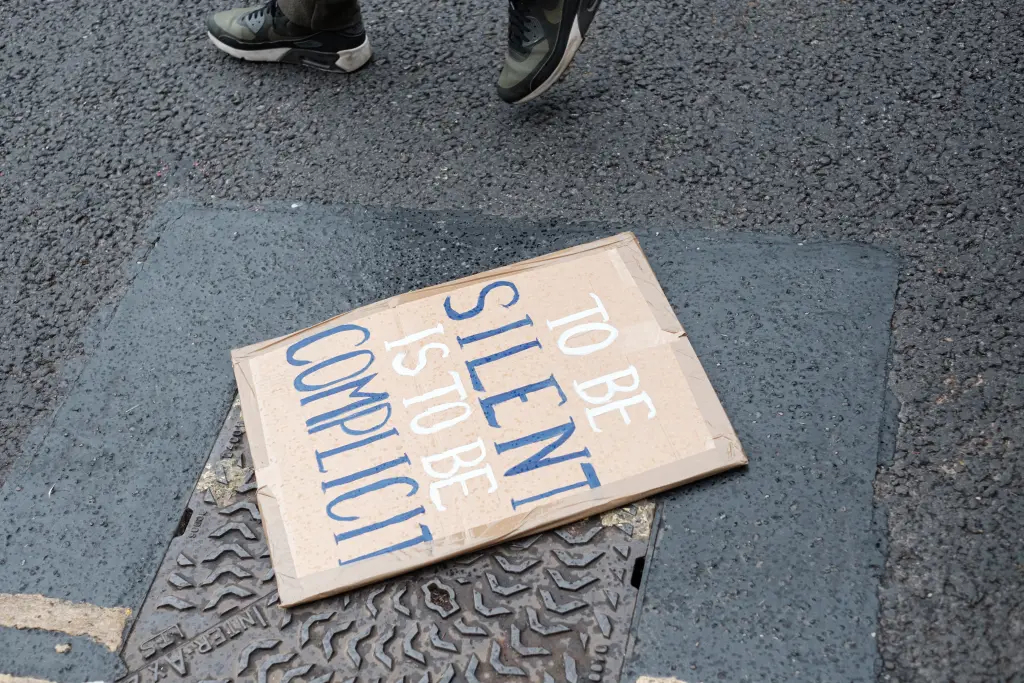Actually, We’re Just Getting Started: Considerations for Crafting Solidarity Statements
It seems like every day there’s another statement from a historically white led organization (HWL) stating that they “stand with BLM.” Overall, it is good that there is a swell of consciousness and awareness of systemic racism among HWLs. There are many white leaders out there who are really paying attention with heightened urgency and truly want to make change. In the grand scheme of things, this has the potential to be such an impactful shift of our NPO sector to really identify and uproot racism in our systems.


